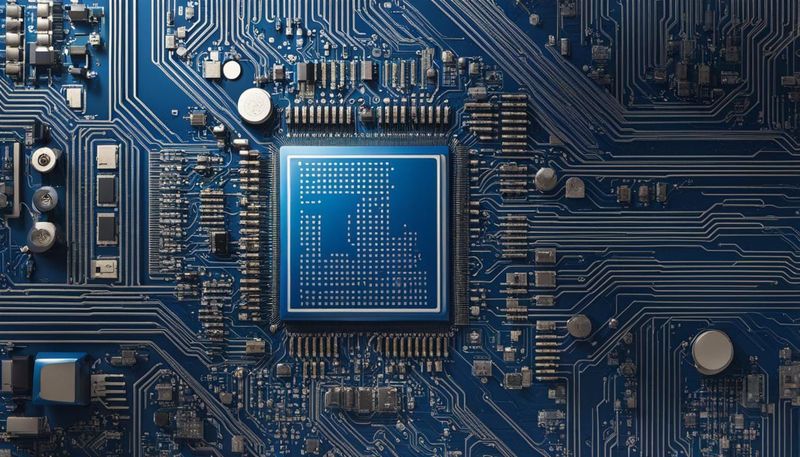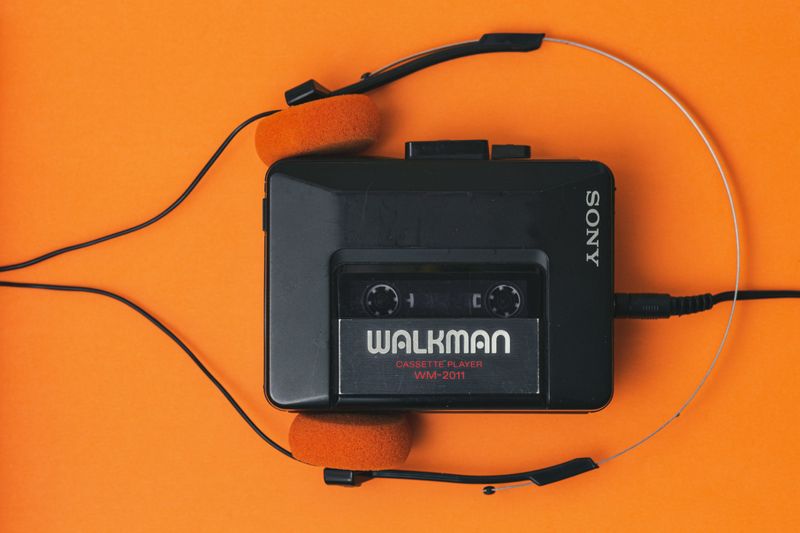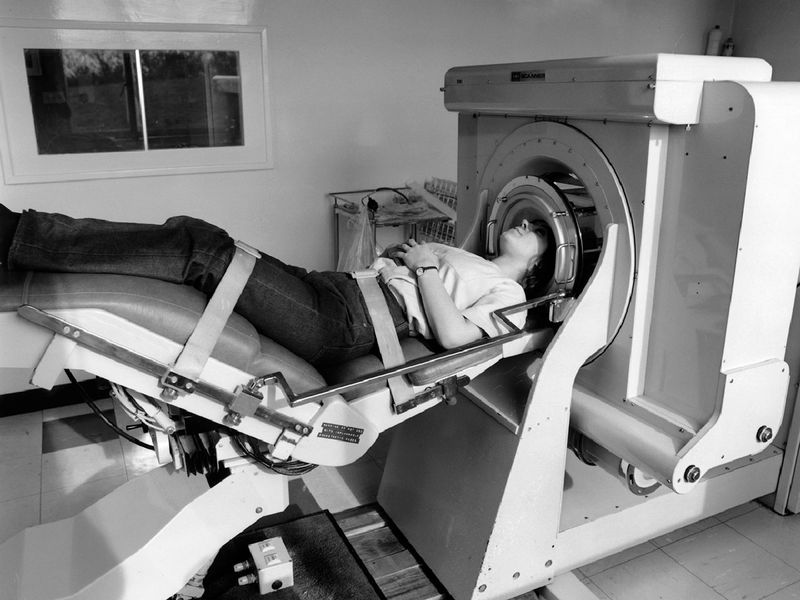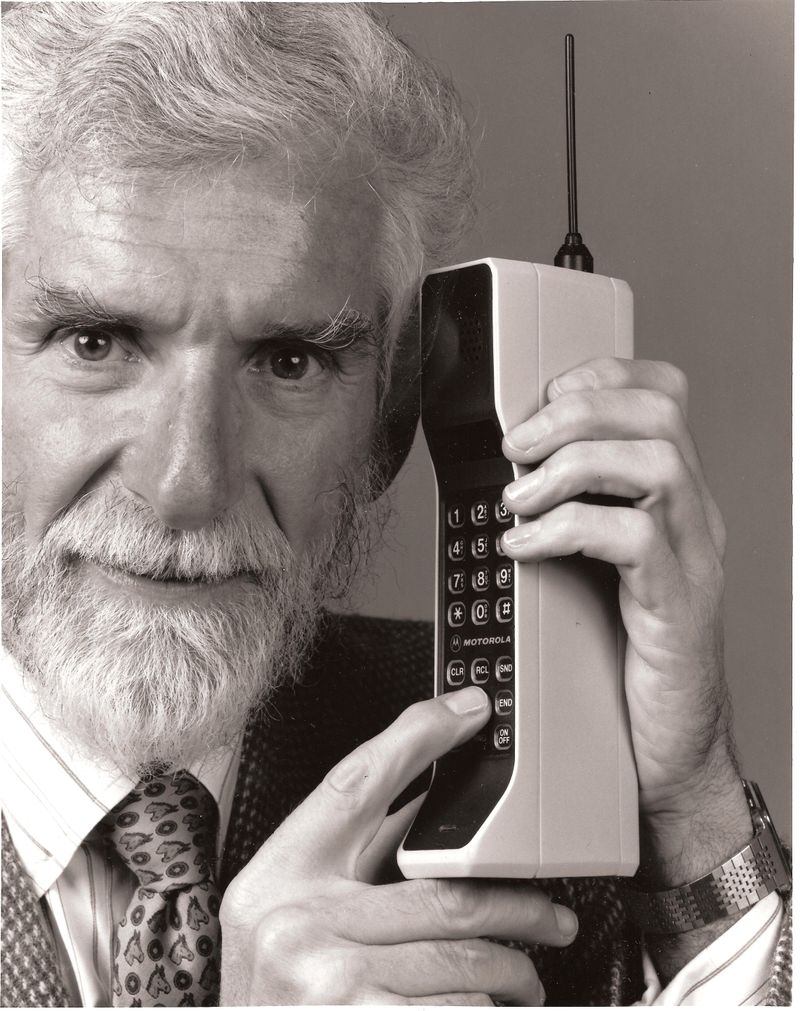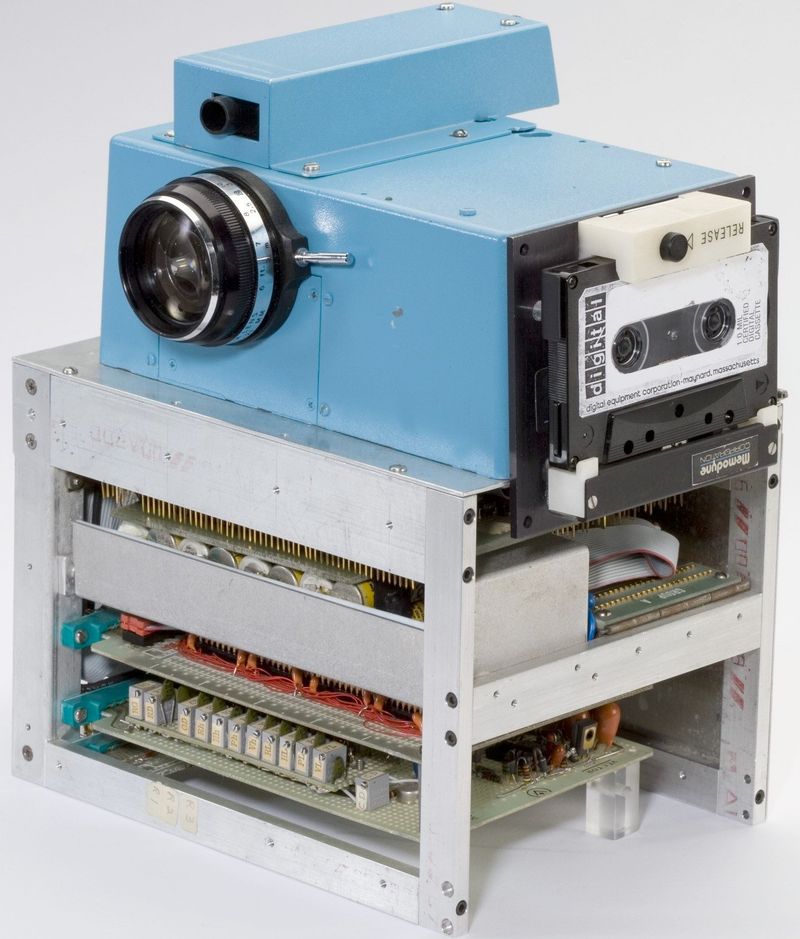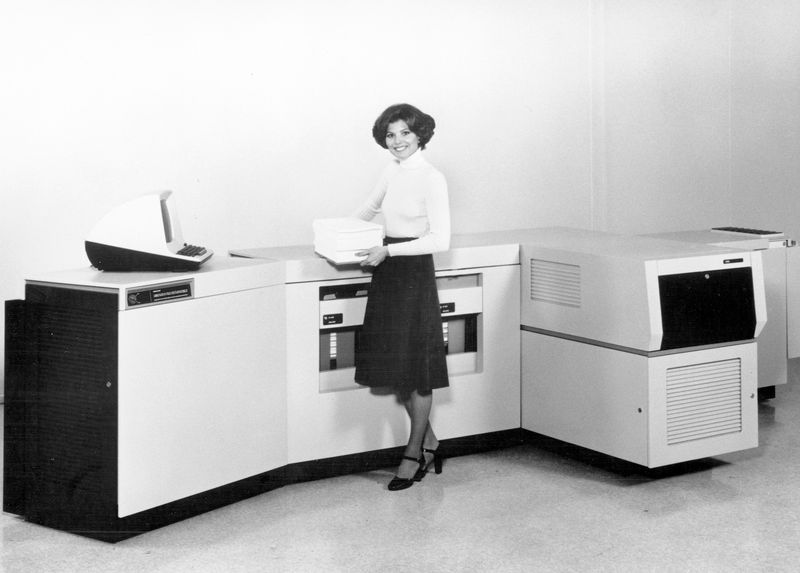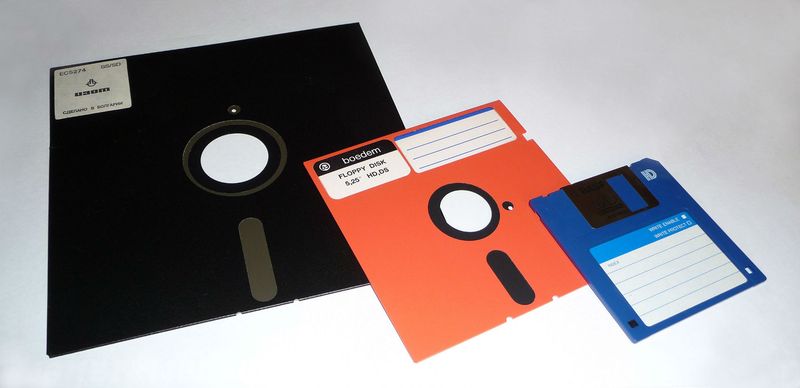The 1970s were a time of remarkable innovation and creativity. During this era, a wave of inventions emerged that transformed daily life, technology, and entertainment. From the first steps in digital technology to groundbreaking advances in medicine, these inventions have had a lasting impact on our world. Let’s dive into ten incredible inventions from the 70s that continue to influence us today.
The Microprocessor
The invention of the microprocessor in the 70s revolutionized computing. Before this, computers were large, cumbersome machines reserved for big businesses and universities. With the microprocessor’s advent, computing power was condensed into a tiny chip, making personal computers feasible. Imagine the shift from room-sized machines to devices small enough to fit on a desk. This breakthrough paved the way for tech giants like Intel and changed how we interact with technology. Whether for work or play, microprocessors are the heart of modern electronic devices. This innovation forever altered the trajectory of technology.
Email was born in the 1970s, changing how we communicate forever. Before email, communication was limited to phone calls and handwritten letters. The ability to send messages instantly revolutionized both personal and professional communication. Imagine the excitement of sending a message across the globe in seconds! This technological leap made the world smaller and more connected. Today, email is a staple of daily life, essential for everything from business to social interactions. This invention laid the groundwork for the digital communication age, connecting people in unprecedented ways.
The Walkman
Sony’s Walkman, introduced in 1979, changed music consumption forever. Portable and personal, it allowed people to carry their favorite tunes wherever they went. Before the Walkman, music was a stationary experience, limited to home and car stereos. This invention personalized music listening, giving birth to the era of personal soundtracks. Imagine walking down the street with your favorite song playing just for you! The Walkman set the stage for future portable devices like MP3 players and smartphones. It symbolized freedom and individuality in a compact, stylish design.
MRI Scanner
The MRI scanner, developed in the 1970s, revolutionized medical imaging. Before MRI, diagnosing internal conditions was invasive and limited. This technology transformed how doctors visualize the body’s interior, providing detailed images without surgery. Imagine the impact of seeing inside the human body with such clarity! MRI scans became crucial for diagnosing a variety of conditions, from brain tumors to joint issues. This invention marked a significant advancement in medical technology, improving patient care and outcomes. The MRI’s introduction represented a leap forward in non-invasive diagnostics.
The Mobile Phone
The first mobile phone call in 1973 was a milestone in communication history. Before mobile phones, communication was tethered to landlines, limiting accessibility. This innovation liberated people from the confines of wired phones, allowing communication on the move. Picture making a call from anywhere, a groundbreaking concept at the time! The mobile phone laid the foundation for today’s smartphones, becoming an indispensable part of modern life. It transformed how we connect, work, and socialize, making communication more flexible and accessible than ever before.
Post-it Notes
Post-it Notes were invented in 1974 by accident, yet they became a staple of organization and creativity. These small, sticky notes provided a simple, effective way to jot down ideas and reminders. Imagine the convenience of easily repositionable notes that don’t damage surfaces! Before Post-its, people relied on scraps of paper and pins. This innovation offered flexibility and ease, revolutionizing note-taking. It’s hard to imagine an office or home without these handy little squares. They symbolize simplicity and convenience, making them a timeless tool for organizing thoughts.
Digital Camera
The digital camera’s invention in the 70s altered photography forever. Before digital cameras, capturing images was a film-based process, requiring development and prints. This technology replaced film with digital sensors, enabling instant viewing and sharing of photos. Imagine the freedom of snapping a picture and seeing it immediately! This breakthrough democratized photography, making it accessible to hobbyists and professionals alike. Digital cameras paved the way for the smart devices we use today, revolutionizing how we capture and share memories. This invention transformed the art and accessibility of photography.
Rubik’s Cube
Invented in 1974 by Ernő Rubik, the Rubik’s Cube became a global sensation. This 3D puzzle captured the imagination of millions, challenging minds with its colorful complexity. Before the Rubik’s Cube, puzzles were flat and often two-dimensional. Imagine twisting and turning a puzzle in your hands, exploring countless combinations! It became a symbol of intellectual challenge and creativity, transcending age and culture. The Rubik’s Cube inspired future generations of puzzles and brainteasers, cementing its place in popular culture. It’s more than a toy; it’s a timeless challenge.
Laser Printer
The laser printer, introduced in the 1970s, revolutionized office productivity. Before this, printing was a slow, labor-intensive process involving typewriters and ink. Laser technology enabled high-speed, high-quality prints, transforming document production. Imagine the efficiency boost from printing hundreds of pages in minutes! This innovation reshaped office environments, paving the way for modern printers. The laser printer’s precision and speed made it a staple of business operations, enhancing productivity and communication. Today, it remains a cornerstone of office technology, illustrating the leap from manual to automated processes.
Floppy Disk
The floppy disk, developed in the 1970s, transformed data storage. Before its invention, storing and transferring information was cumbersome and limited. Floppy disks offered a portable, reliable solution, enabling easy data access and sharing. Imagine carrying a whole computer program in your pocket! This technology democratized computing, allowing users to store and transport data effortlessly. Although now obsolete, the floppy disk laid the groundwork for future storage innovations, such as USB drives and cloud storage. It represented a significant step forward in making technology accessible and user-friendly.
